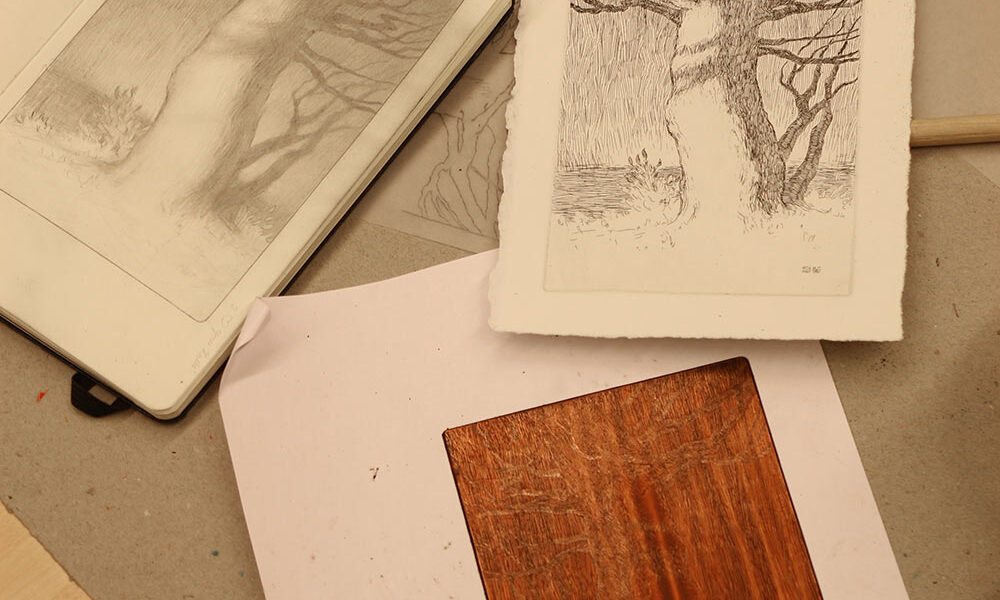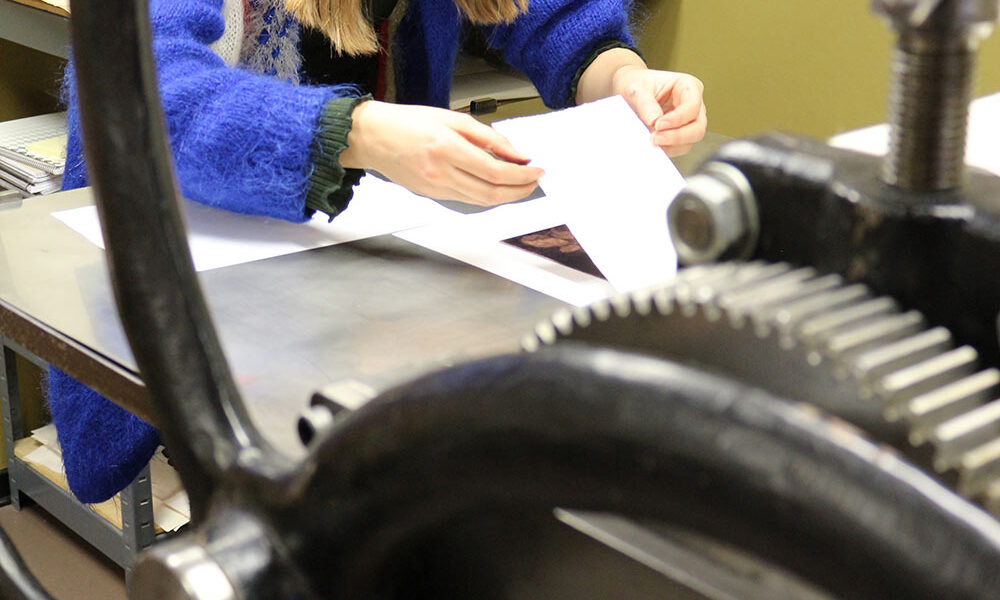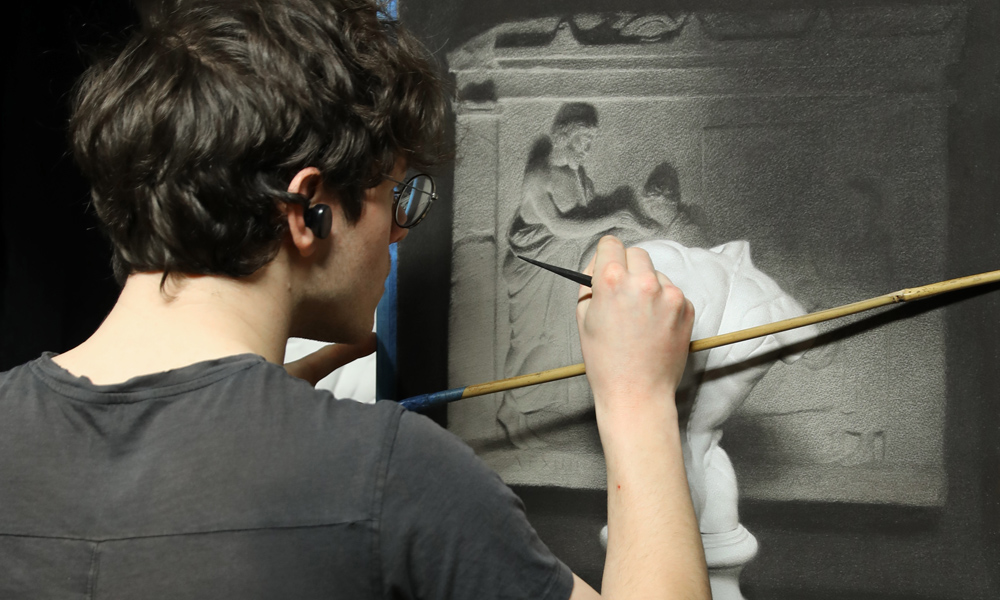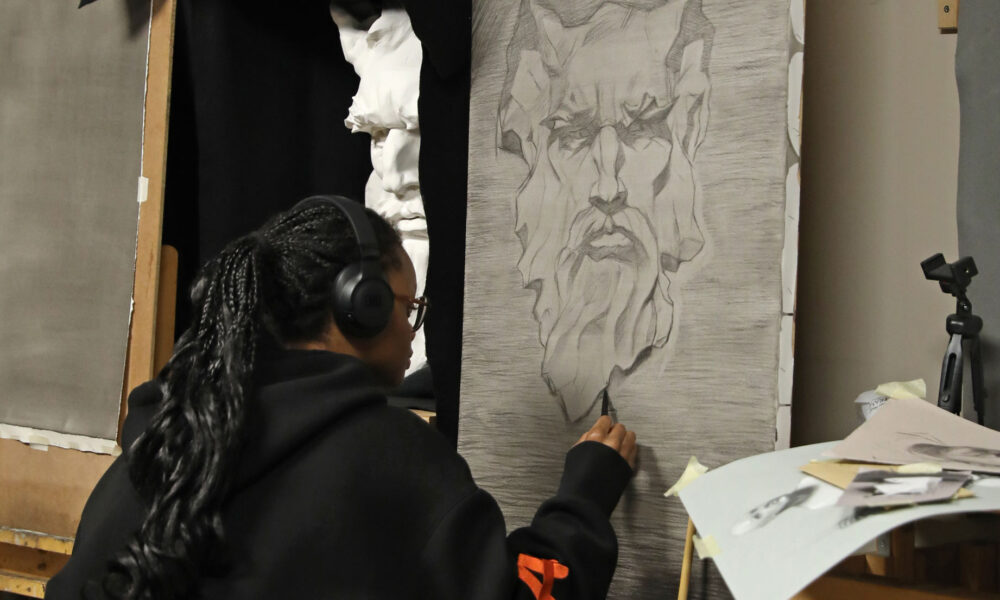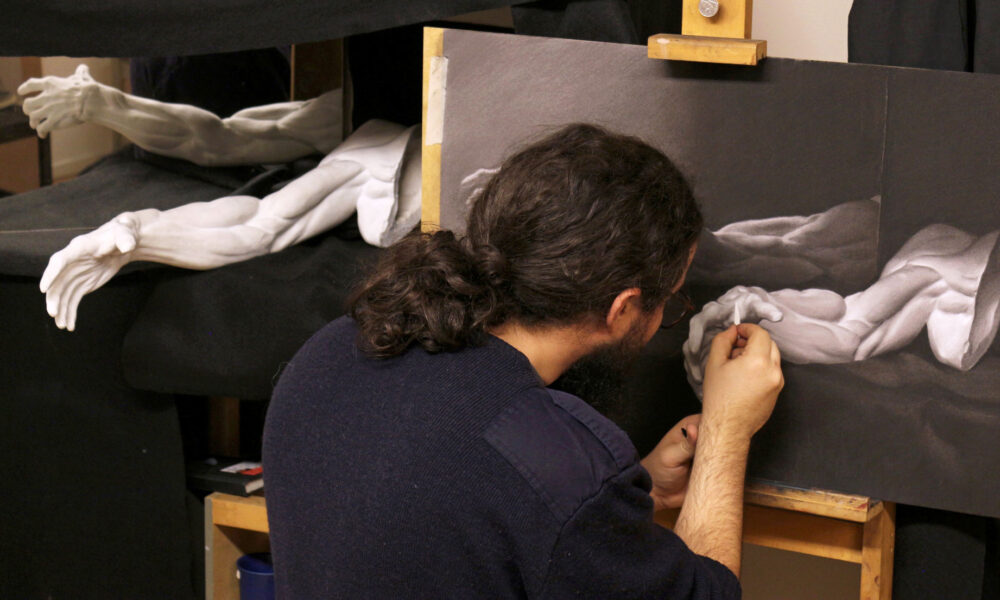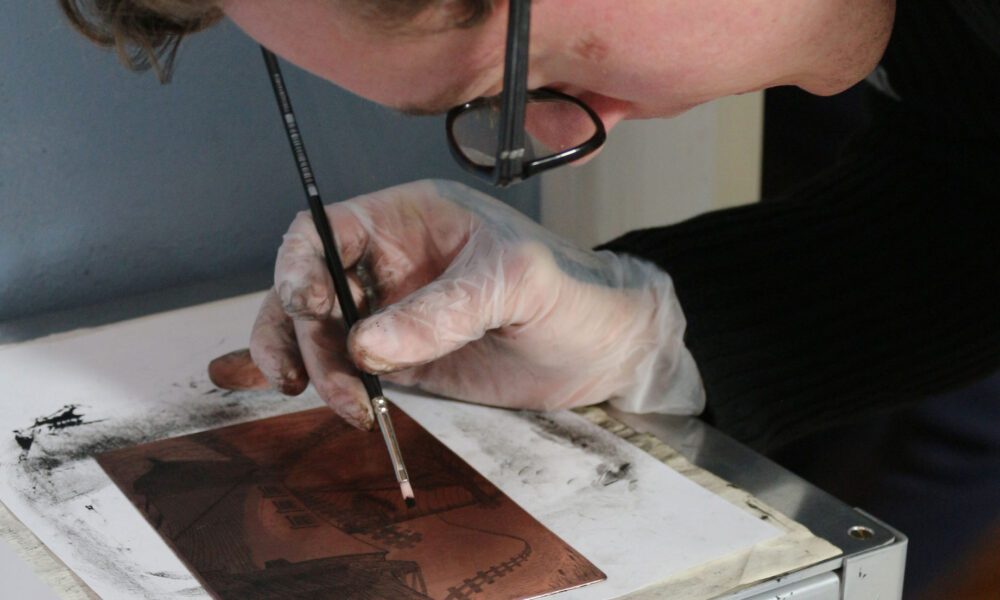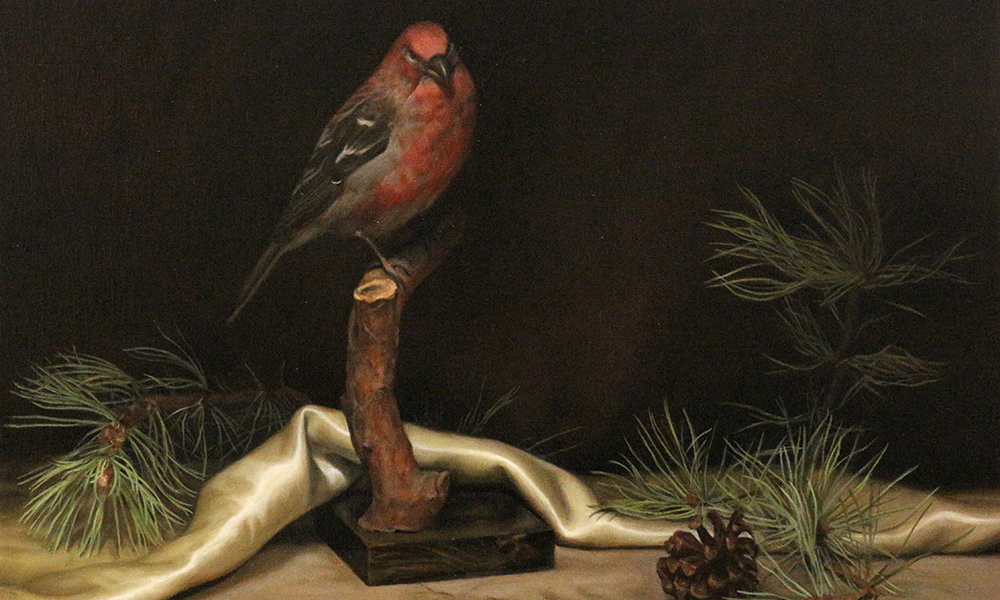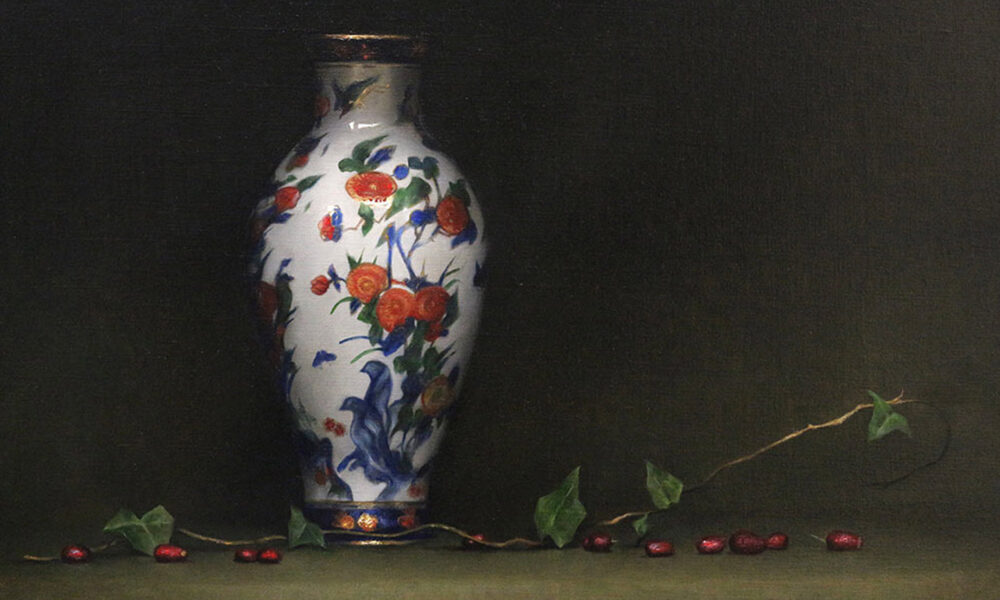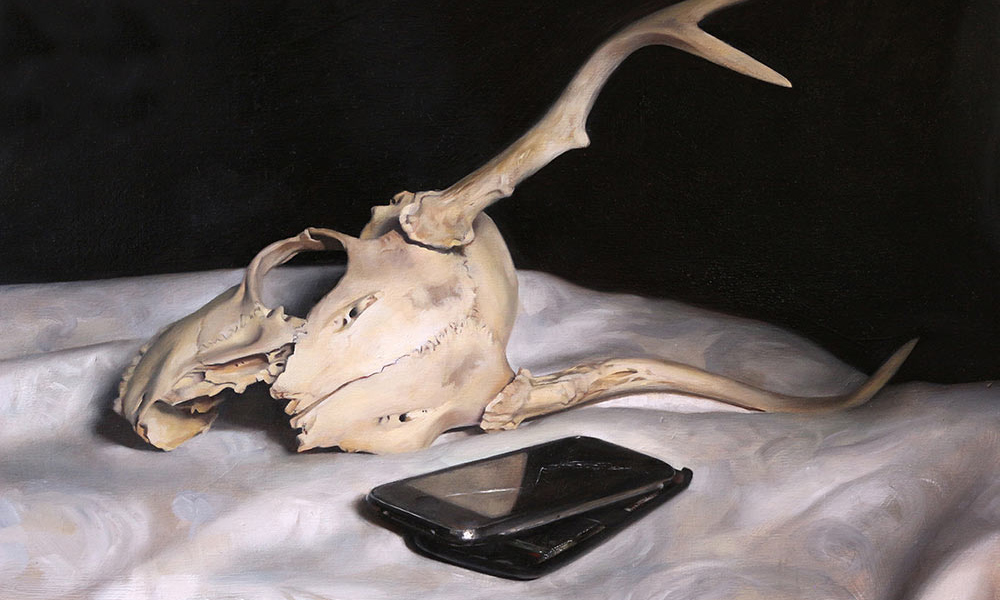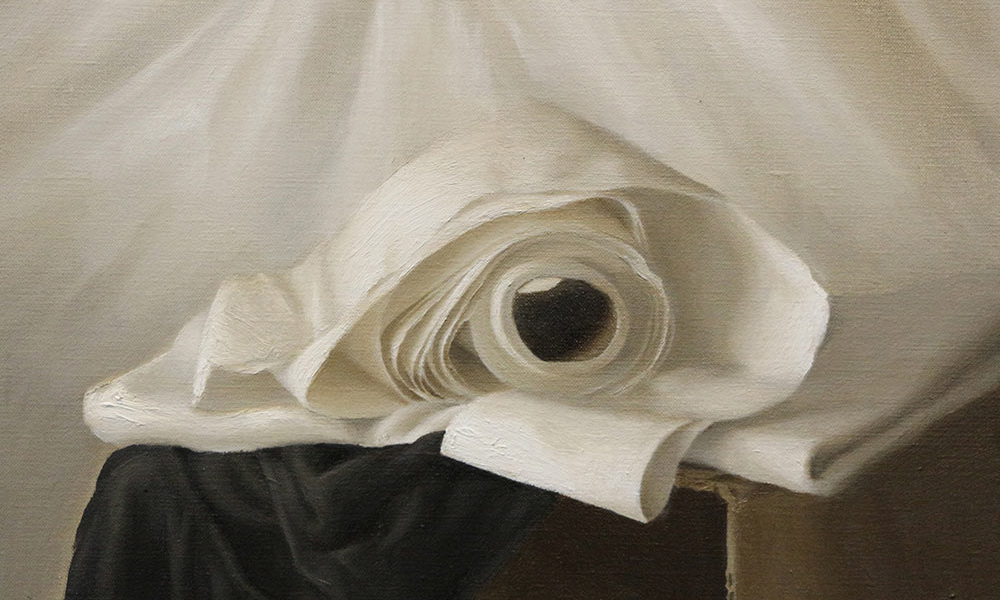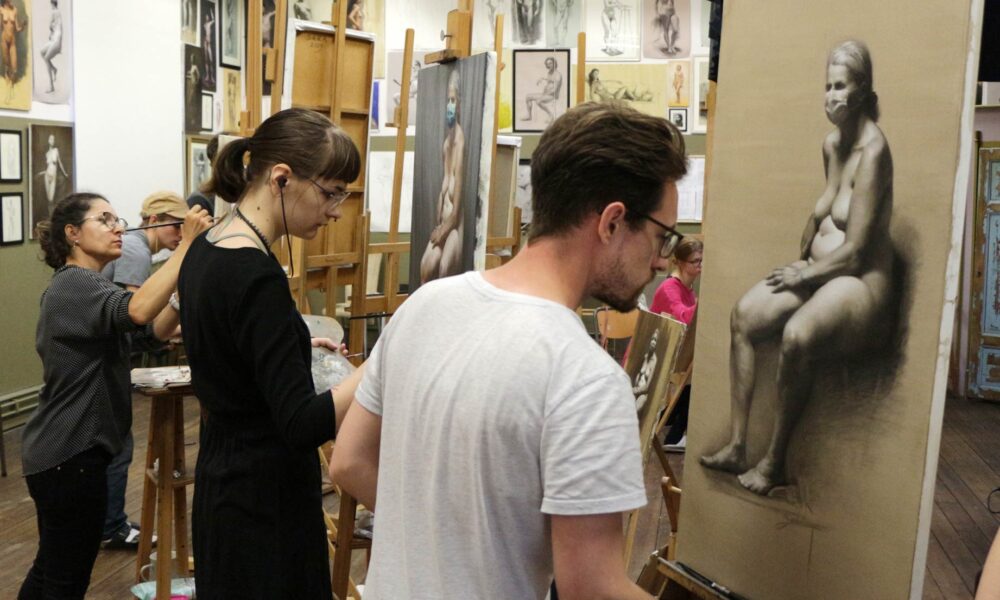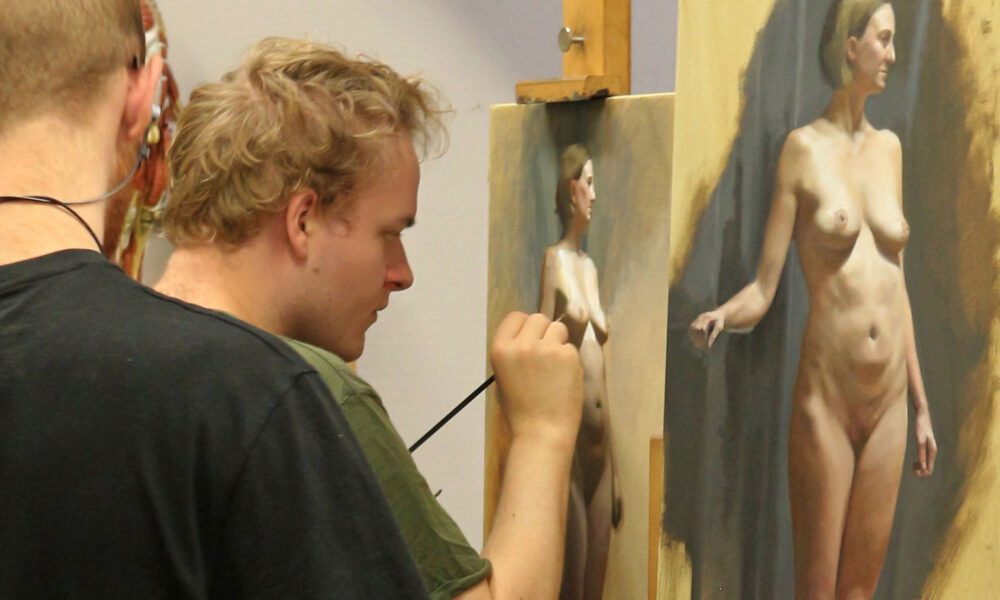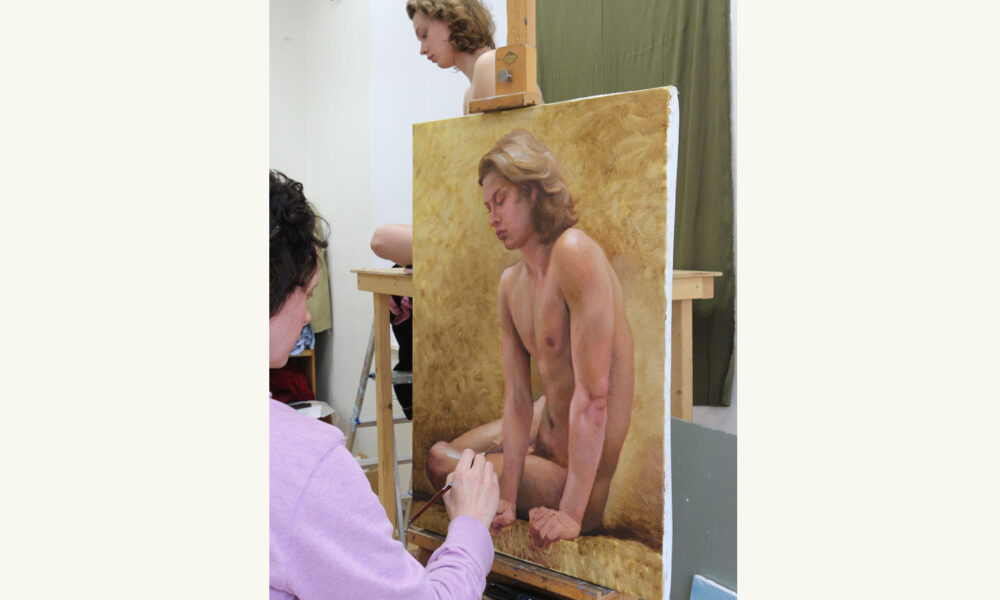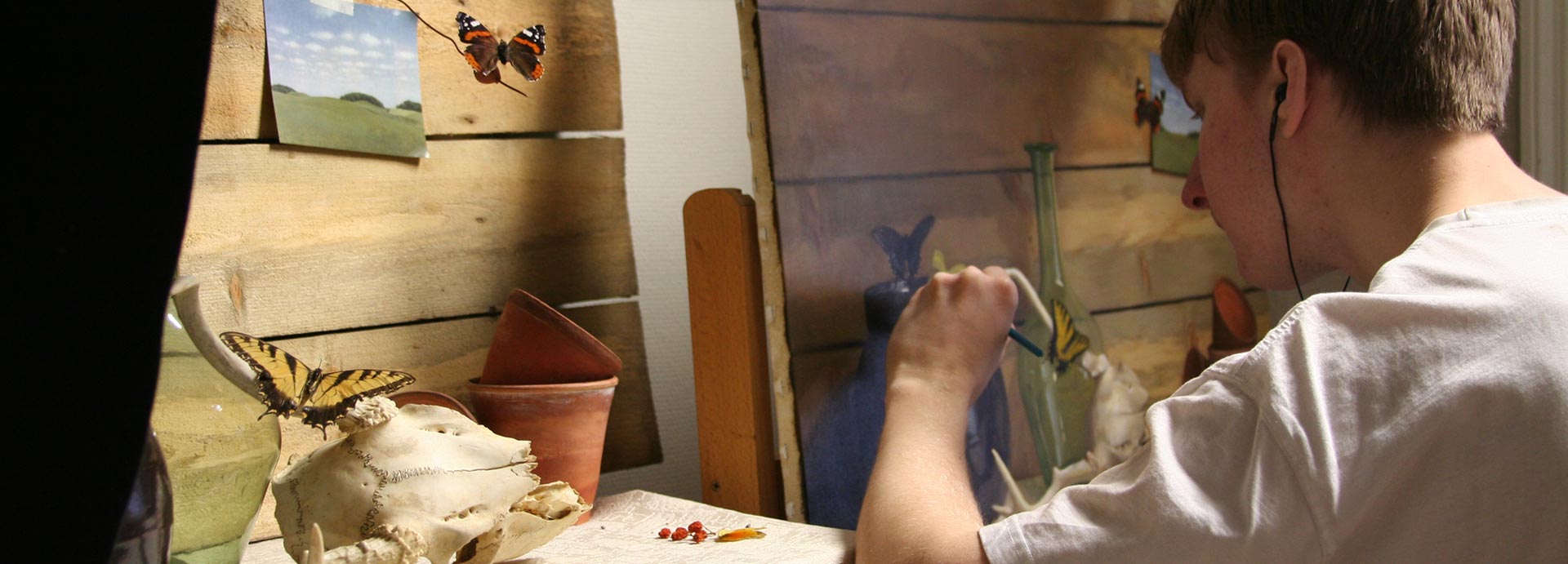Drawing
The program of study naturally begins with a focus on intensive drawing, since drawing is the foundation upon which all great representational art is built.
Throughout a student’s training, emphasis is placed on accuracy, or more specifically: seeing and rendering correctly such things as line quality, hard and soft edges, gesture, proportion, positive and negative space, abstract shape and form along with the full range of values. Students begin by copying a few drawings in graphite pencil and then in charcoal.
Next, students copy an uncomplicated plaster cast, from life, using charcoal. In this stage, the student makes the transition from copying two-dimensional drawings to copying three-dimensional forms. It marks the beginning of cast work, which will occupy a large portion of a students training for some time. Throughout the period where students are drawing casts, they strive to continually refine their skills in accurate drawing and correctly rendering the full range of values (light, halftone and shadow). They will also be assigned additional exercises at this stage, which will help them with their cast work and build confidence. Students continue copying progressively more challenging casts, using only charcoal, until they are ready for the next stage of drawing which is copying casts on toned paper using charcoal and white chalk. At that stage, the process is a little more like painting in that both the highlights and shadows are applied to a toned ground.
Students will also be introduced to the intaglio printmaking technique of etching, which they may continue to pursue through SARA’s etching club.
Painting
When students have successfully progressed through the drawing stages of the curriculum, they are ready to begin painting casts, and afterwards to move into the still life program, eventually working with a full-color palette and the full spectrum of possibilities within the medium of oil painting.
Students begin painting casts in a monochromatic technique called grisaille (black and white), or brunaille (brown and white), which is an excellent means of making the transition from drawing to painting in oil. When the grisaille work has been successfully completed, students begin their first color oil studies of simple and uncomplicated still life subjects. The palette is limited to just four basic colors: black, white, red and yellow. Not only does this keep things simple at the start, but also compels students to mix and explore the surprisingly wide range of colors one can achieve with this very limited palette. Projects will increase in complexity until a student is considered ready for the final stage of the curriculum where they are introduced to a full color palette with all of its exciting challenges and nearly limitless potential.
Advanced students periodically have the unique opportunity of working side-by-side with an instructor as each of them creates his or her own painting from the same shared model or still life.
See examples in our gallery.
Figure & Portrait
Nothing is more challenging and expressive than the human figure. Therefore, students spend half of their workday on drawing or painting the figure from life.
Students execute careful and detailed studies of the human figure during the longer poses at SARA, where models assume the same pose, day after day, over a period of two or more weeks. There are also occasional shorter poses of a few hours, or one or two days. In addition, each day of figure work begins with a period of gesture drawings where the model assumes quick poses lasting only one to a few minutes.
Figure work, like cast work, begins in graphite pencil, progresses to charcoal, then to charcoal with white chalk, grisaille oil painting, limited palette and finally the full palette oil painting.
Thursday evenings SARA hosts a two-hour figure drawing session that is open to the public for a fee, but free for students of SARA, providing yet another opportunity to draw the figure.
Drawing or painting the portrait is focused on at least once a week for intermediate and advanced students, but all students are always welcome. On occasion, students also focus intensively on the portrait in week-long workshops. Typically, there are also other more casual opportunities to work on portraiture organized by the students themselves on evenings or weekends.
See examples in our gallery.
“To paint well, technically, is to have profound knowledge both of the process and of the result desired; is to have perfect foresight and perfect skill; is to be both craftsman and artist. It is first of all to be a composer, a draughtsman, a colorist, and then, as a crowning grace, to be a technician, a master of one’s tools.”
- Kenyon Cox
